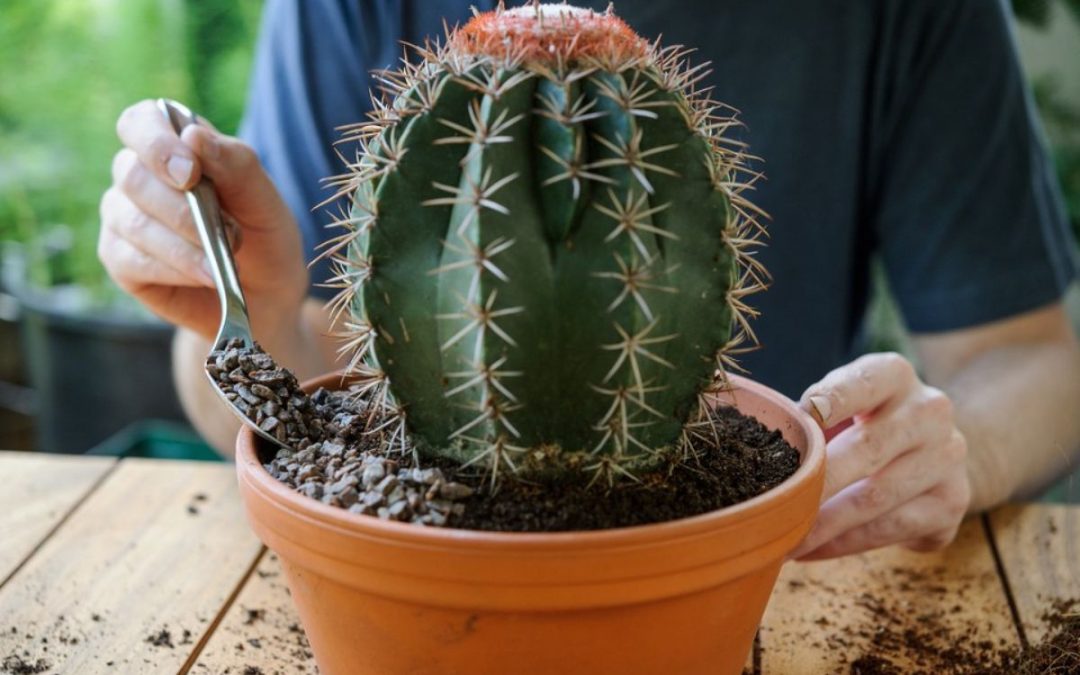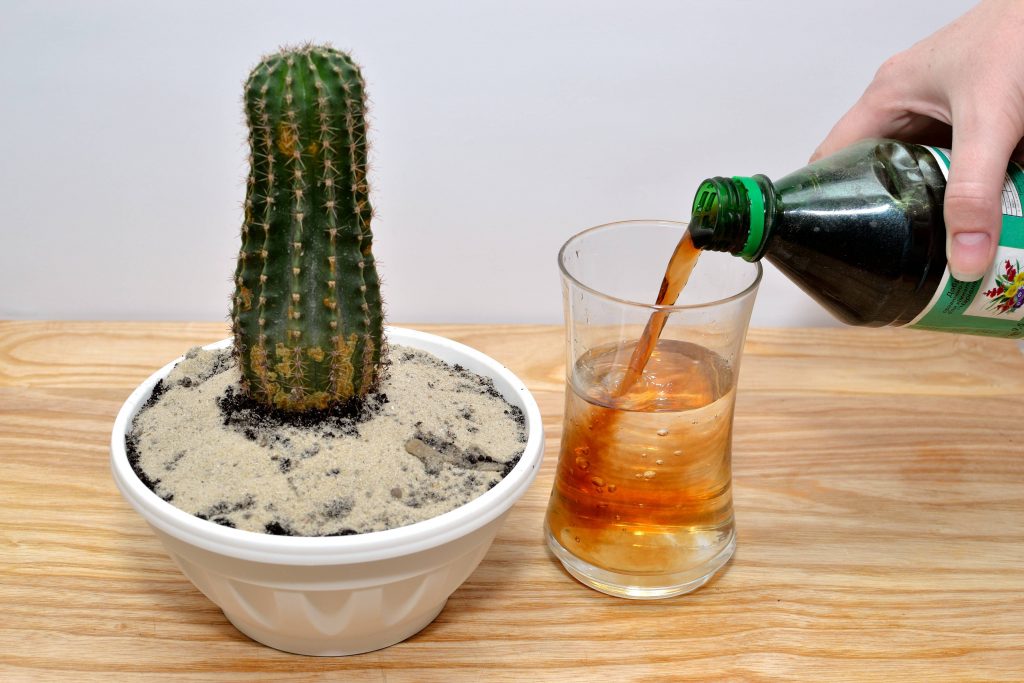There are many different points of view regarding the cactus fertilizer. This is a rather controversial issue and, as a rule, it is based on someone else’s experience. Since cacti are very unique plants, fertilizers are special for them.
Let’s unlock the secrets of successful cactus care by revealing expert insights on when and how to choose and apply the perfect cactus fertilizer for your prickly companions.
Table of Contents
Cactus Fertilizer Requirements
Nitrogen
The first nutrient that is mentioned when it comes to fertilizing ordinary plants is that it is necessary for growth. In cacti, the need for nitrogen is extremely limited due to certain physiological characteristics and, above all, their slow growth.
If there is a lot of nitrogen in the soil, or a lot of nitrogen is in the applied fertilizer, then the cactus stem begins to grow quickly and becomes loose and watery. Many leaves and offspring appear, but they do not develop into full-fledged plants; the skin of the cactus does not have time to grow and burst.
Wounds and scars appear that rot or become crusty, and as a result, the plant will be disfigured or die. Therefore, organic fertilizers are not used for cacti, except in very small doses for epiphytic, fast-growing cacti.
However, it is impossible to completely abandon nitrogen, i.e. If you plant a cactus in clean sand and do not fertilize it, nitrogen starvation may occur.
Potassium

Potassium is a vital nutrient for cacti; it regulates their growth and promotes the formation of dense leathery integuments that protect the body of cacti from temperature changes, winds, and bright sun.
Potassium also affects the timely ripening of shoots and stimulates good flowering and ripening of berries. It is very difficult to determine a lack of potassium in cacti; it usually manifests itself in the absence of flowering, pallor of the skin, and sometimes in the appearance of a bronze tint. Potassium deficiency can occur in calcareous soils.
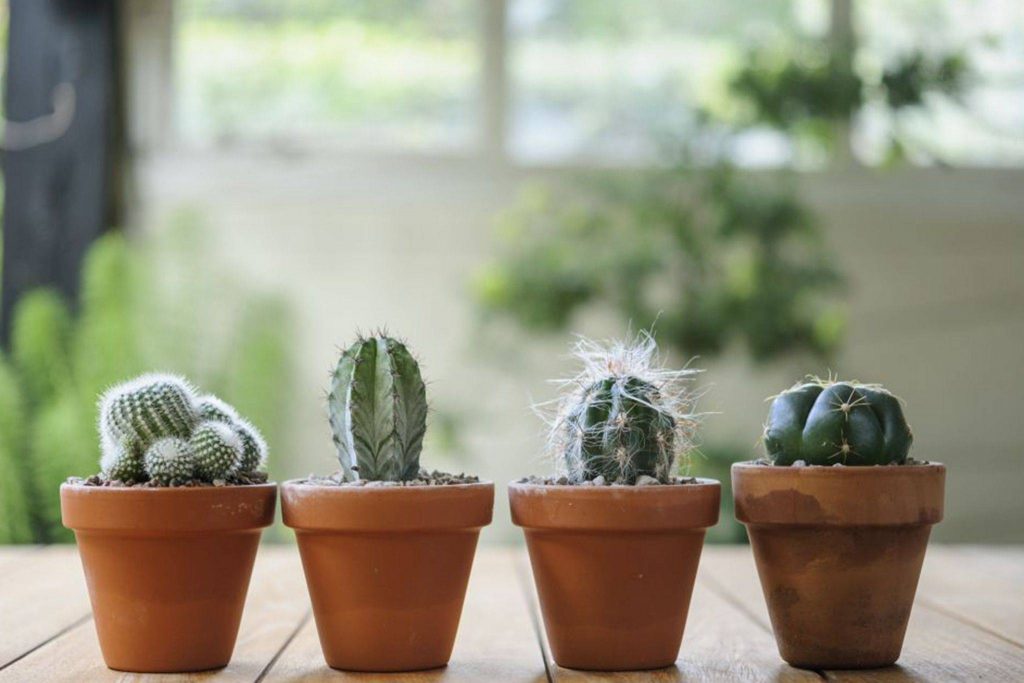
This is explained by the fact that during liming, an excess concentration of calcium ions is formed in the soil solution, which makes it difficult for the plant to receive potassium and magnesium cations. Therefore, for a harmonious balance, one part of potassium should be two parts of lime.
It should be remembered that the same symptoms as with a lack of potassium can also be explained by disturbances in care – lack of light or high air temperature.
Therefore, do not rush to fertilize – excess potassium is harmful to cacti – growth slows down, and roots die off.
Phosphorus
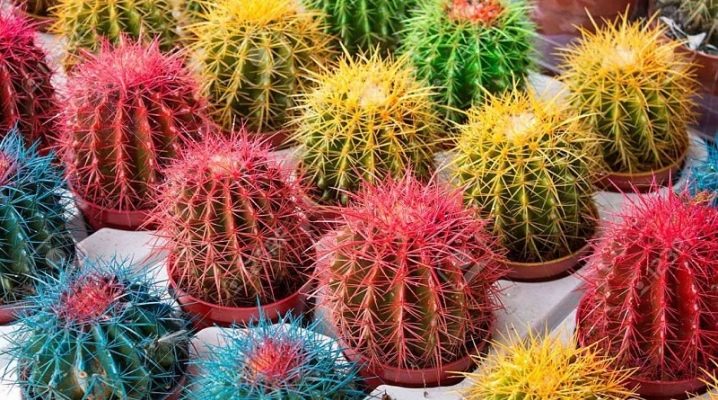
If nitrogen is necessary for the tops, then phosphorus is the element that stimulates root growth. It also affects the formation of flower buds and flowering, and seed viability. Therefore, mineral fertilizers with the NPK formula, which contains equal parts of nitrogen and potassium and more phosphorus, are most suitable for cacti.
A lack of phosphorus can be suspected if cacti grow very slowly, even if the temperature and light conditions are observed, and do not bloom.
Calcium

For cacti, calcium is a very important element in a cactus fertilizer because it is a building material for spines and bristles.
For example, back in 1938, when studying the species Cephalocereus senilis, it was found that more than 85% of the dry weight of plants consists of calcium oxalates (Cheavin WHS 1938).
The crystals and cystolites are found in plant cells. The lack of calcium in cacti will initially appear in acidic soils as slow development and growth, weak root system, thin soft spines, and fragility of the plant.
A healthy, strong cactus is practically not injured when falling from a windowsill; the maximum that threatens it is that the leaves will break off and the peduncle will break.
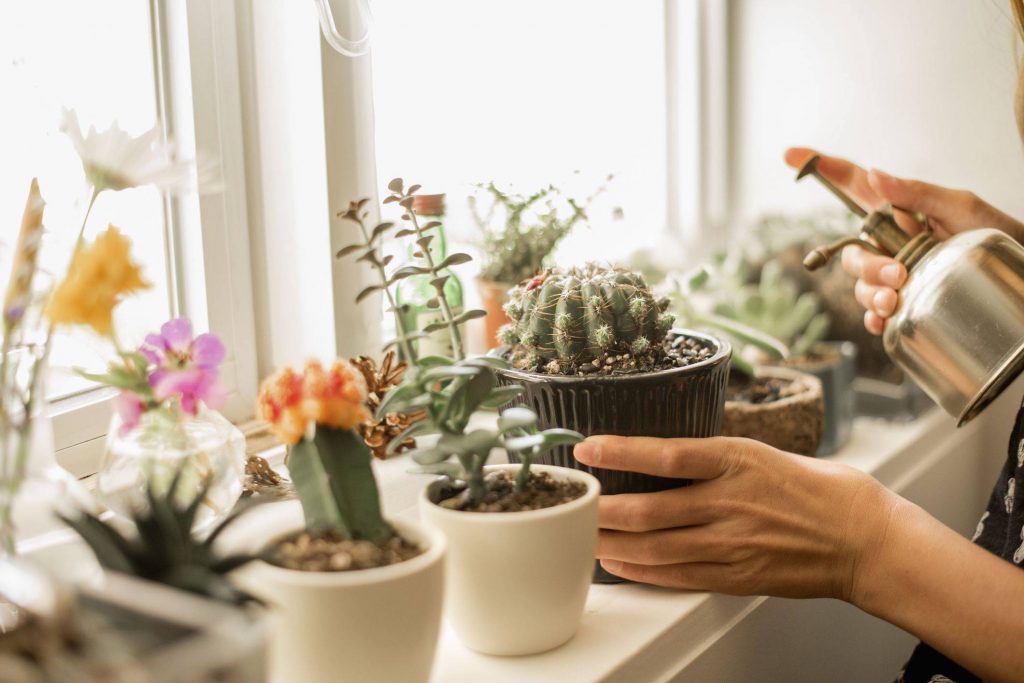
But a healthy cactus that has enough nutrients can be shaken off, put in a pot, and put in place. Its needles do not break, the trunk does not crack, and the roots do not come off. Largely due to proper mineral nutrition.
Ingredients in an Effective Cactus Fertilizer
We have found that cacti need very little nitrogen than other plants, so organic cactus fertilizers are rarely used by cacti growers (except in exceptional special cases). Many years of experience in growing cacti show that liquid fertilizers are most effective.

They are more convenient for the cactus grower to use because it is easier to dose if you purchase a cactus fertilizer that is too concentrated.
In itself, a high concentration of minerals in an aqueous solution does not affect anything; what is important is their relationship with each other, and we can change the concentration by diluting it with water.
General recommendations are that the concentration of cactus fertilizer salts should not exceed 1 gram per 1 liter of water.

Such cactus fertilizer ratios as, for example, NPK 5-10-5 or 20-30-20 (diluted 4 times the recommended dose) to stimulate flowering are considered successful.
At the end of flowering, NPK with a formula of elements in equal parts, for example, 5-5-5 20-20-20 (1/4 dose) or 10-10-10 (1/2 dose).
Some experts consider these doses of cactus fertilizer to be too high. For example, the Schultz cactus fertilizer, which is very popular in Europe, has the formula NPK 2-7-7, i.e. there is even less nitrogen than in the traditional one.
Another cactus fertilizer, “GrowUp”, has the formula NPK 2.5-5-4. These fertilizers are specifically designed for cacti and do not need to be diluted three or four times. In all other cases, the rule applies: “It is better to under-fertilize than to overfertilize.”

It should be especially noted that the requirements of different genera of cacti for minerals differ: epiphytic and semi-epiphytic cacti (primarily Rhipsalis, Schlumbergera, Epiphyllum, or Selenicereus grandiflora) do not require a high calcium content in the soil and do not tolerate calcareous soils.
But they like a sufficient content of vermicompost in the soil and can be fed with regular fertilizer for decorative flowering indoor plants, using a dose depending on the concentration equal to or slightly less than that recommended by the manufacturer.
When To Fertilize Your Cacti?
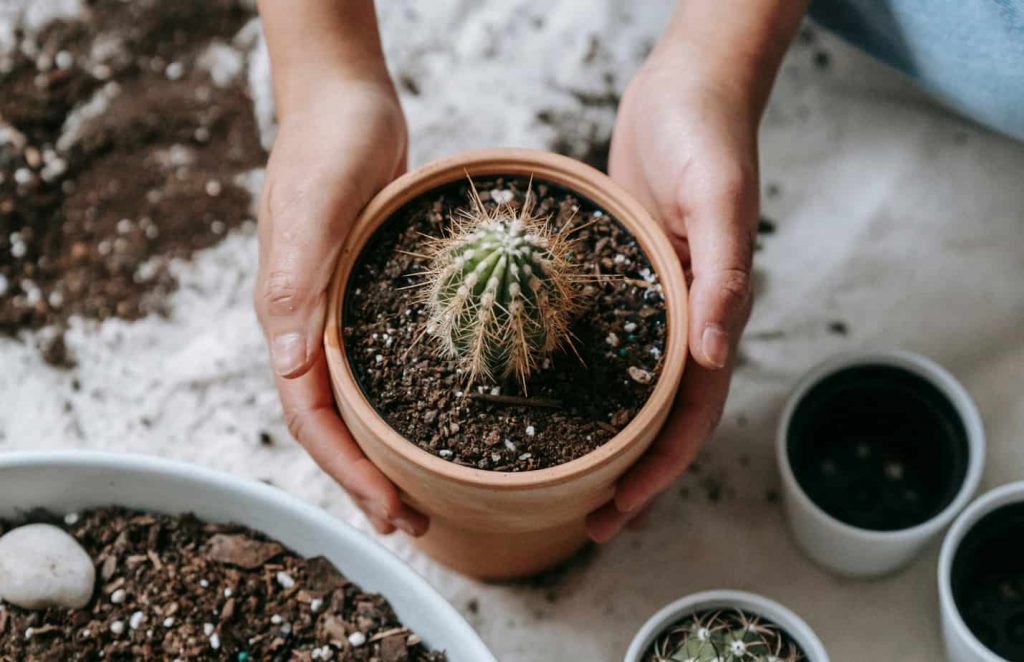
Very low-concentration cactus fertilizer can be applied every two weeks, starting from March until September. During the dormant period, which is the period from October to March, cacti are not fertilized.
Remember that flowering does not always coincide with the growing period! If flowering occurs in autumn – winter, this is not a reason to a cactus fertilizer; usually, it is enough to just increase watering a little.
It is also worth reducing or stopping fertilizing in the spring-summer season when rainy, cloudy weather persists for a long time. Metabolism slows down during this period, plants slow down in growth and do not require large amounts of nutrients.
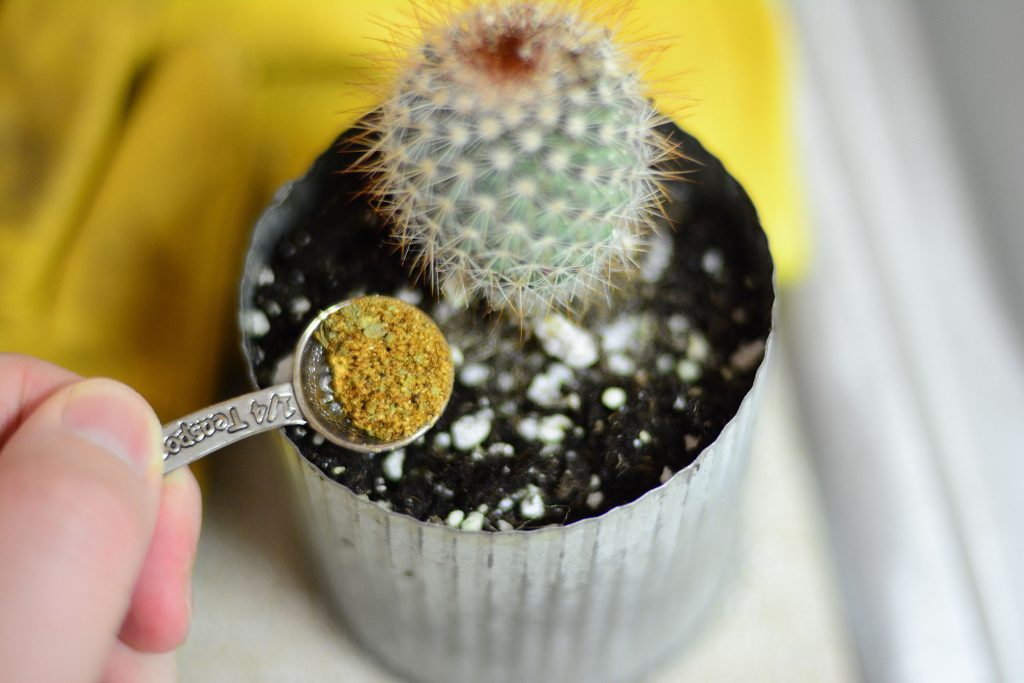
In addition, fertilizing begins no earlier than three weeks after transplantation.
By the way, sometimes you can read in the literature about feeding cacti with some unconventional methods, for example, sugar or castor oil, etc.
However, we strongly do not recommend using such products specifically on cacti, since everything can end quite disastrously.
If you nevertheless decide to try a new remedy, then try it on one (experienced) not very valuable cactus, and observe it for a long time. It may take a year, but you will be pleased with the results. But you should not try various means unknown to you in the entire collection of cacti.
How To Fertilize Cactus?
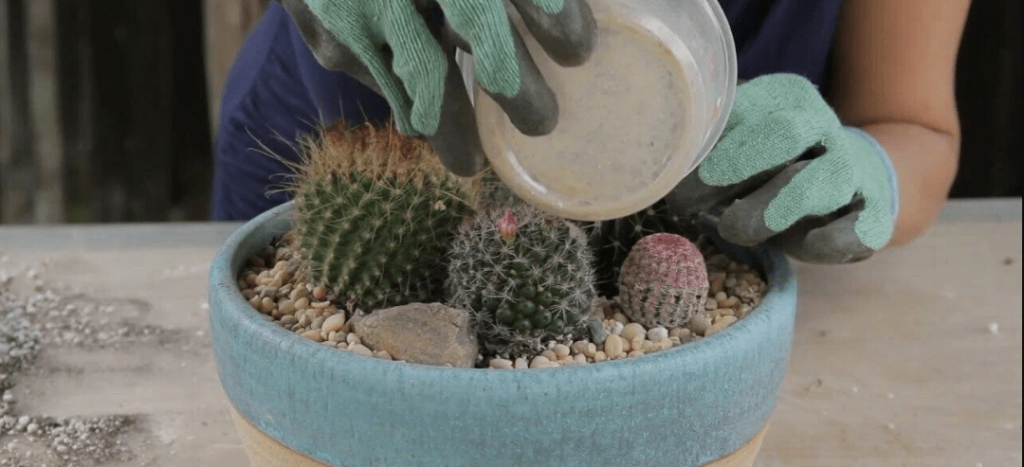
Cacti feel the changing seasons especially clearly; caring for them in winter and summer is very different. If cacti winter in cool conditions, then by spring they are already laying flower buds.
Awakening occurs around April-May and should be accompanied by a warm shower, abundant watering, and the first feedings. During the season of dormancy and absence of signs of growth, cacti are not fertilized at all and watered extremely rarely.
Salts arriving during this period are not absorbed and can cause burns to the root system. The last feeding is done in September, after flowering. It is important to consider that replanting is equivalent to fertilizing; after this procedure, cactus fertilizer will not be required for about another month.

Cacti react strongly to the weather and respond best to cactus fertilizer on sunny days because, in cloudy weather and the absence of sun, tissue metabolism slows down. The frequency of fertilizing differs from deciduous species.
Cactus fertilizer is needed once every 2 weeks, or every 10 days (during abundant flowering), without exceeding the dosage. Fertilizing cacti, and all plants, can only be done after watering with plain water.
Cactus fertilizer can have a mineral or organic basis. But in the case of the “prickly” collection, it is better to use purchased mixtures, which indicate the composition and proportions of minerals.
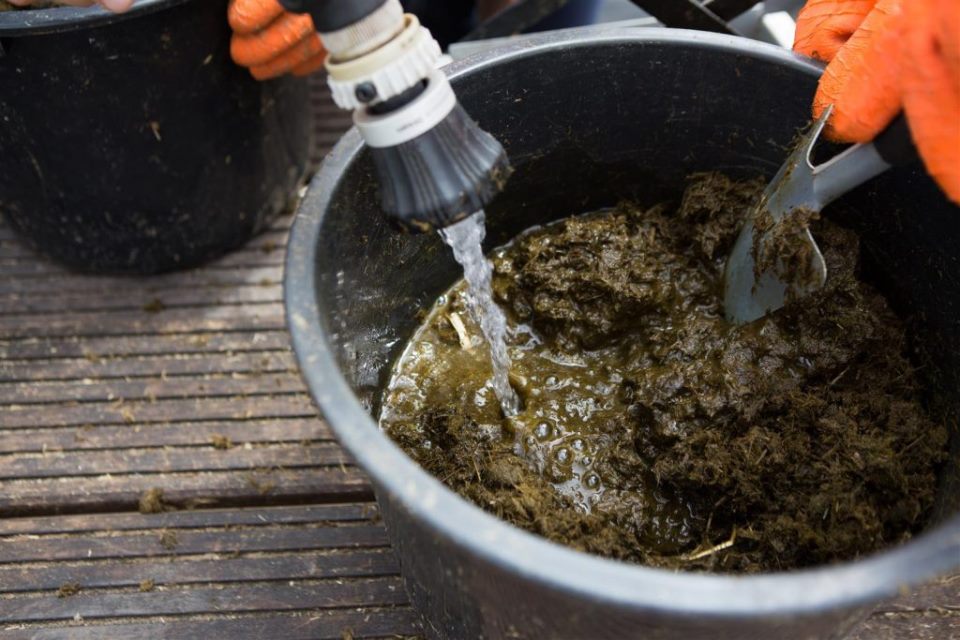
After all, homemade cactus fertilizer, such as infusions and decoctions, makes it difficult to maintain concentration and you can overdo it. While decorative foliage species require more nutrients, for succulents and, especially, cacti, their excess can be destructive!
Note: Among organic cactus fertilizers, This type of plant best accepts wood ash, which contains a lot of calcium and potassium, as well as eggshells, which, when ground, are even recommended to be added to the soil (no more than a pinch).
If you’re exploring alternative fertilizers for your plants, such as bone meal fertilizer, this guide is tailored just for you: Organic Bone Meal Fertilizer: A Detailed Guide to Effective Organic Fertilizing .

